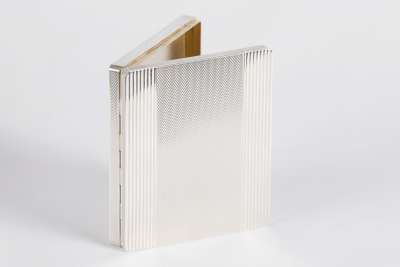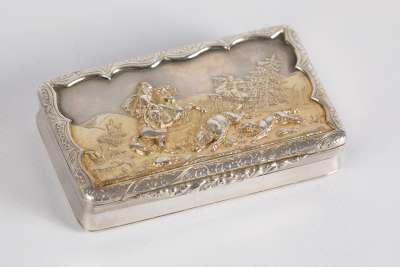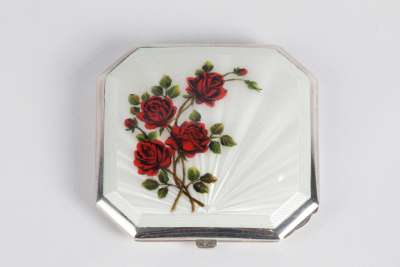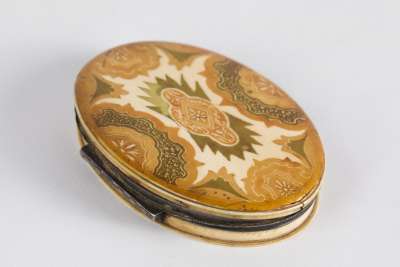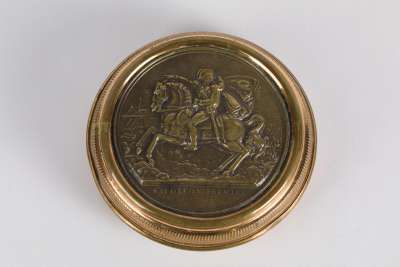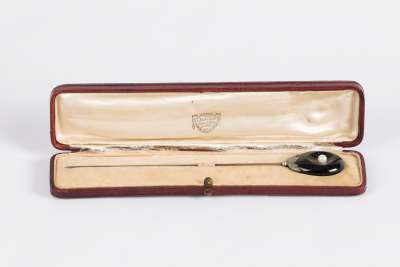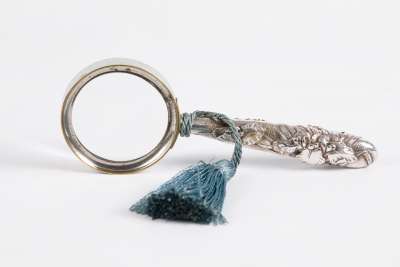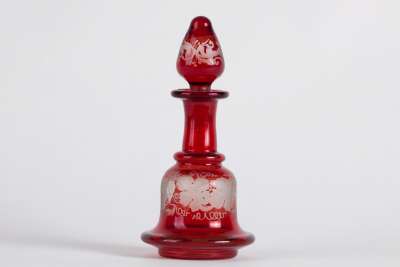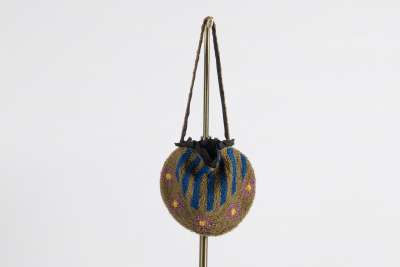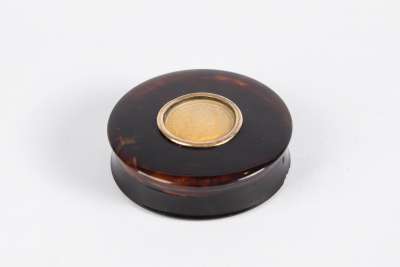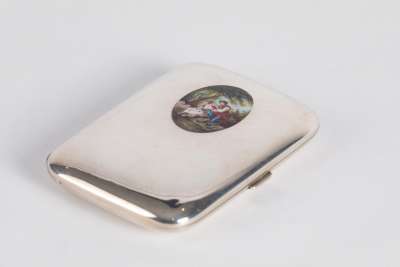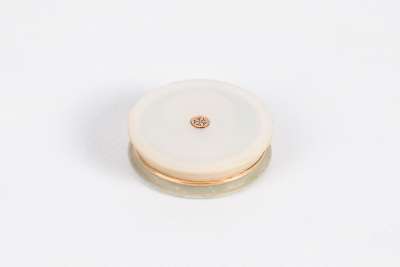This pair of sculpted Japanese bronze whippets originates from the Taishō period, circa 1920. The set includes one seated and one standing whippet, each crafted with a high degree of realism. The detailed musculature and expressive stances capture the essence of the whippet breed, known for its slim, muscular build and graceful demeanour. The dark patina and smooth, glossy finish are characteristic of the period, highlighting the natural beauty of the bronze.
Condition Report
Very good, with minimal wear consistent with age and use. The patina remains intact, and the sculptures exhibit no significant damage or repairs. Both the seated and standing whippets possess a smooth surface with subtle variations in the bronze that are typical of pieces from this era. The intricate detailing of the whippets has been well preserved, maintaining the original artistic intent. The lack of significant blemishes or restorations further attests to the excellent care these sculptures have received over the years.
Dimensions
Seated Whippet; Weight: 2.790kgs, Length: 38cm, Width: 6.5cm, Height: 19cm. Standing Whippet; Weight: 2.545kgs, Length: 37cm, Width: 6cm, Height: 30.5cm.
Original Use and Display
These sculptures were likely intended for luxurious indoor display, reflecting the aesthetic values of the Taishō period. During this time, such pieces were popular among collectors who appreciated the blend of traditional Japanese artistry with Western influences. The whippets would have been displayed prominently in homes or galleries, serving as symbols of refined taste and cultural sophistication. Their realistic depiction also suggests they may have been used to celebrate the beauty of the natural world, a theme prevalent in Japanese art.
Taishō Period Style
The Taishō period (1912-1926) was marked by significant cultural transformation in Japan, influenced by both traditional values and increasing Westernisation. This era saw a unique blend of artistic styles, particularly in decorative arts like bronze sculpture. The realistic portrayal of animals became a popular theme, appealing to both Japanese and Western collectors. The whippets exemplify this stylistic fusion, showcasing meticulous attention to detail and a lifelike representation that resonates with the artistic trends of the time.
The Art of Bronze Sculpture
The creation of bronze sculptures during the Taishō period involved skilled craftsmanship and a deep understanding of the material. Artisans would begin with detailed sketches, followed by the creation of a clay model. The lost-wax casting method was commonly employed, allowing for the intricate detailing seen in the musculature and expressions of the whippets. The final bronze cast would then be polished and finished with a patina, enhancing its texture and depth. The enduring quality of these sculptures is a testament to the expertise of the artisans of the time.
Crafted by the Renowned Artisan
It was not uncommon for Japanese bronze sculptures from the Taishō period to lack visible signatures or stamps. While many artists signed their works, the absence of a signature does not diminish a piece's authenticity. These sculptures are consistent with the craftsmanship of the era, suggesting they were made by an experienced artisan familiar with the artistic trends and techniques of the time. The attention to detail and quality of the bronze work are indicative of a skilled craftsman, making these pieces a valuable addition to any collection.
Collected by Fans of Japanese Art
Japanese bronze sculptures have been collected worldwide, particularly during the late 19th and early 20th centuries. The global impact of Japanese art during the Taishō period contributed to the popularity of such pieces among Western collectors, who valued their intricate design and cultural significance. Collectors are drawn to these works for their historical context and the way they encapsulate a period of artistic transition. The whippets, with their blend of traditional craftsmanship and modern influences, exemplify the qualities that continue to attract collectors today.





